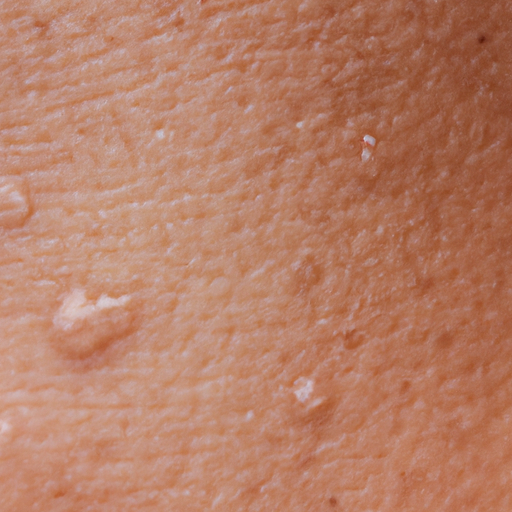As a medical professional, I am often approached by patients who are struggling with oily skin. This common skin type is characterized by an overproduction of sebum, the natural oil produced by sebaceous glands in the skin. While sebum is essential for keeping the skin healthy and hydrated, too much of it can lead to a shiny complexion, clogged pores, and an increased risk of acne. If you’re one of the many people dealing with oily skin, here’s your ultimate guide to tackling this issue.
Firstly, it’s important to understand that oily skin is not necessarily a bad thing. In fact, those with oily skin tend to have thicker, more resilient skin that is less prone to wrinkling. However, the excess shine and potential for breakouts can be frustrating. The key is to manage the oil production without stripping the skin of its natural oils, which can actually cause the skin to produce even more oil in response.
One of the most effective ways to manage oily skin is through a consistent skincare routine. This should include cleansing, toning, and moisturizing daily.
Cleansing is crucial for removing excess oil and dirt from the skin’s surface. Opt for a gentle, water-soluble cleanser that won’t clog your pores. Avoid harsh soaps or detergents that can strip your skin of its natural oils. It’s recommended to cleanse your face twice a day – in the morning and before bed – and after sweating heavily.
Toning can help restore the skin’s natural pH balance, which can be disrupted by cleansing. Look for an alcohol-free toner that contains ingredients like witch hazel or salicylic acid, which can help control oil production.
Despite what you might think, moisturizing is an essential step for oily skin. Skipping this step can cause your skin to produce more oil to compensate for the lack of moisture. Choose an oil-free or non-comedogenic moisturizer that won’t clog your pores.
In addition to these daily steps, consider incorporating a weekly mask or treatment into your routine. Clay masks are particularly effective for oily skin, as they can help absorb excess oil and reduce shine.
Diet and lifestyle changes can also play a role in managing oily skin. Studies have shown that diets high in sugar and refined carbohydrates can increase oil production. Try to incorporate more fruits, vegetables, and lean proteins into your diet, and limit your intake of processed foods. Regular exercise can also help regulate hormone levels and reduce oil production.
It’s also important to stay hydrated. Drinking plenty of water can help flush toxins out of your body and keep your skin healthy and balanced.
Lastly, don’t forget about sun protection. While it may seem counterintuitive to apply a product to your skin that may feel oily, sun damage can actually stimulate oil production. Look for a lightweight, oil-free sunscreen that offers broad-spectrum protection.
Remember, everyone’s skin is unique, and what works for one person may not work for another. It may take some trial and error to find the products and routine that work best for you. If you’re struggling with oily skin and aren’t sure where to start, consider consulting with a dermatologist or skincare professional.
In conclusion, while dealing with oily skin can be frustrating, it’s not impossible to manage. With the right skincare routine, dietary changes, and lifestyle habits, you can reduce the shine and keep your skin looking its best.




